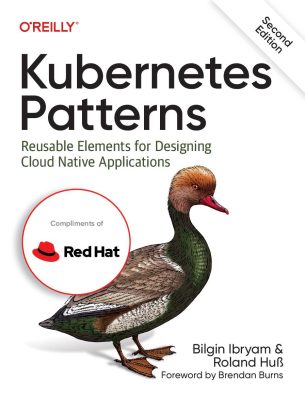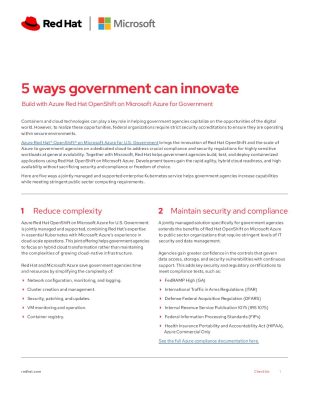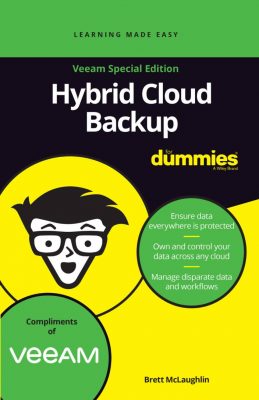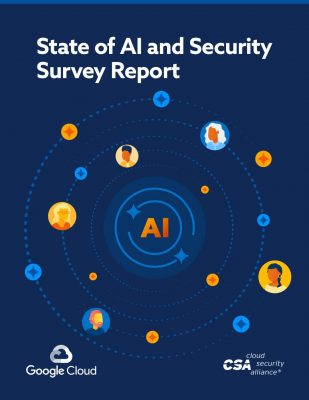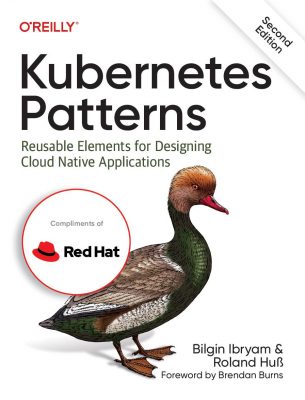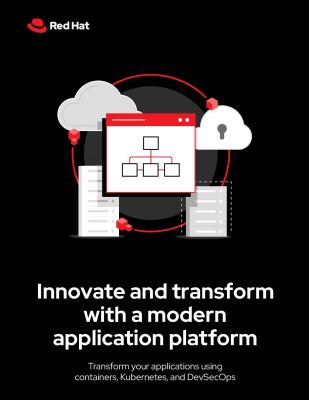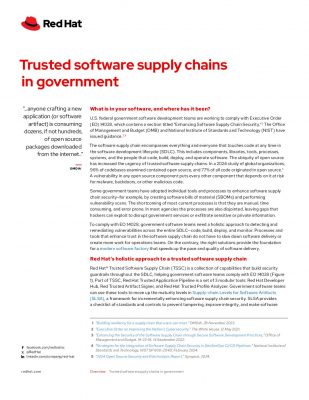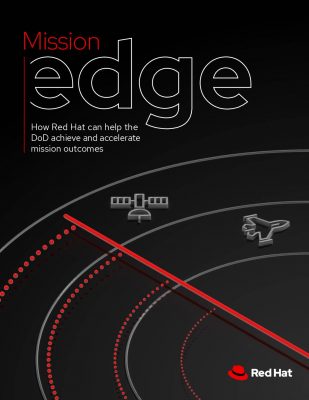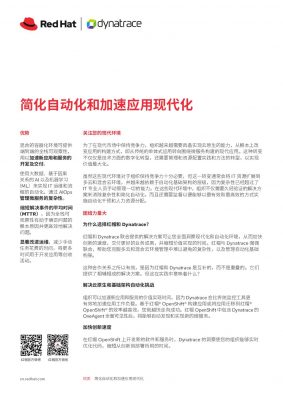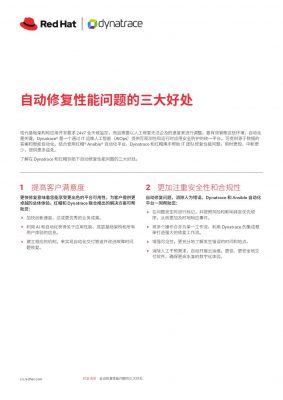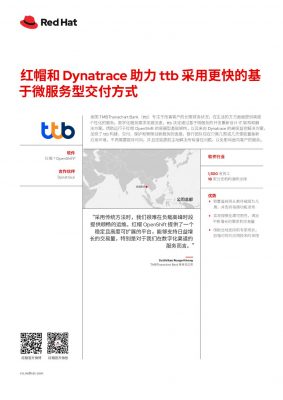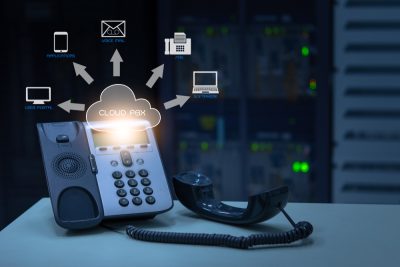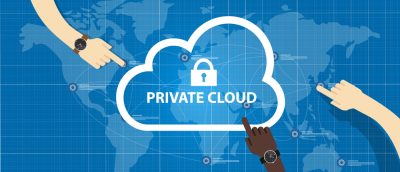The cloud has become an integral part of people’s lives, both professionally and personally. Want to bring your peers together for a project to meet the deadline? Just create a collaborative document in the cloud that is updated in real-time to give users access to view and edit the files simultaneously. Want to share photos from a recent trip with your family members? Upload all the photos in a shared cloud drive and send the link that can be accessed by all. Indeed, the cloud has become a powerful tool that enables people to connect and collaborate seamlessly.
With the cloud, one can sync and update documents in real-time, this saves time. With the rise of digital technology, people desire everything to be available immediately. This aspect is appropriately filled by cloud features, meaning the technology will only continue to trend.
From a business perspective, more and more organizations have moved to the cloud as the pandemic forced them to go remote or deploy global operations. As with any process, data remains at high risk. Data security is one of the top concerns for organizations, especially because sensitive data is maintained in a public cloud network that is accessible by third-party. Here are several security tips that can help minimize risks and ensure smooth operations of the cloud.
Before elaborating on the tips, it must be noted that security considerations differ for public and private cloud and the difference rests on infrastructure.
In the case of private cloud
A private cloud is like a data center and is solely owned by an organization. When creating a cloud network, the organization is solely responsible for managing all security efforts, whether done internally or outsourced. It should abide by firewall protections, physical security measures, multi-factor authentication, and to some extent, internal controls.
The next thing is that organizations can also think of outsourcing the security. However, the budget can be a constraint in the case of outsourcing. So, when not outsourced completely, organizations must take expert consultation with those familiar with private cloud infrastructures to ensure protection is sufficient and update when necessary.
In the case of the public cloud
A public cloud does not work with a shared infrastructure and involves a third party as the host provider who’s skilled to fulfil security responsibilities. Organizations need to pay a subscription fee and need not spend too much to set up an internal network. Securing the public cloud is one milestone not conquered by any organization as it involves a third party. However, organizations need to make sure that the third party cloud provider is deploying sufficient security measures and enhancing security in the public cloud independently. Depending on the nature of the data, more control measures may need to be levied.
Some of the unavoidable security measures that organizations need visibility to secure their journey with public cloud are:
1. Shared responsibility
It’s essential for every subscriber to understand their role in the shared responsibility model as it’s the foundation of public cloud security. Many do not consider this area because they believe that their data is secure as their provider will deploy security measures. Cloud providers typically provide their customers with a diagram delineating security responsibility. But it’s the subscriber’s responsibility to secure the cloud environment. The needs will totally depend on the individual services selected and configurations deployed.
2. Involve with business groups and DevOps
Cloud projects are often driven by business groups, such as DevOps, that quickly spin new products or prototypes. Challenges arise when deploying new applications and when security teams are brought in to assist with the deployment.
Ideally, security and DevOps teams should work together to ensure that the architecture of the public cloud projects meets the requirements of the business while working on the security risks.
3. Requirement of the cloud service provider
Cloud service providers help protect the sensitive data stored on their platforms and ensure their subscribers (customers) deploy controls to limit the exposure.
Many providers will develop security recommendations that subscribers must understand and match. This can be very technical, but most of the time, it’s worth it. The easiest way is to start with identity, access management, login capabilities, data storage controls, and encryption.
Understanding the various security mechanisms and aligning with provider preferences will help organizations identify future gaps and improve their security posture.
4. Understand the attacker’s strategy
Attackers leverage automation to find potential targets in minutes. After identification, they look for weaknesses, like checking default passwords, probing for SSH misconfigurations, among others, in the system and try to exploit them.
An attack test environment was created to show how attackers can use automation to infiltrate a system. The test results revealed that the public cloud is more vulnerable to exploitation than the private cloud. This emphasizes the importance of security in the public cloud.
5. Evaluate all security options
When an organization is moving to the public cloud, they have several options to choose from, such as:
- Point products
- Native public cloud security
- Do-it-yourself security (DIY)
Many organizations rely on internal engineers to manage security and cloud deployments, but they must be ready for attrition. Unfortunately, only a few engineers know the environment will, and they often do not have the time to keep up with all necessary documentation and knowledge-sharing requirements. If even a single engineer leaves the company, the organization may not be able to manage security needs efficiently. So, proper documentation of those internal personnel security measures is essential.
6. Make a way to prevention
Most people believe that the attackers have already ‘won’, and, thus, they give up very early and opt for a detection and remediation approach. The right and foremost thing to do is to remain aware of the environment; a prevention policy is very much possible. Enabling the prevention of successful cyberattacks in the public cloud requires four capabilities:
- Complete visibility on every application within the environment, its specific functions, and relative risk.
- Enforce a security model that can reduce the attack surface by enabling allowed application and denying all the rest.
- Implement application-specific threat prevention policies to block visible threats, including malware, malware-generated commands, and control traffic.
- And once a prevention technique is delivered in the environment, the information gained from the file analysis is implemented to continually improve all prevention capabilities.
7. Deploy automation to reduce risk
Automation is a critical aspect of the public cloud, where rapid change is standard. When security best practice change control is followed, delay can induce friction, slow down the deployment process, and even result in security issues if the deployment does not wait for change control to work. By automating security processes in the public cloud, enterprises can reduce friction and take advantage of the flexibility and agility benefits offered by the public cloud. Automation tools that organizations must look for in the public cloud are touchless deployments, bidirectional integration with third-party resources, and commit fewer policy updates.
Summary
Security technologies have evolved to address various aspects of cloud platforms, public, private, or hybrid. Organizations need not be worried about the lack of choice of technologies. It is about ensuring that the proper security technologies are in place so that organizations can take advantage of the many advantages of the cloud.
Adopting the cloud is a good concept considering the dynamic needs of the digital age. Parallel to cloud adoption, secure cloud integrations are a factor that cannot be missed for anything. A private cloud is an option if you handle the security and infrastructures in-house. However, in the case of the public cloud, the third party is responsible for regulating the security aspect of the data. It also has something to do with the organization’s role, as they need to ensure some steps even if a third party is involved (all mentioned above).
I hope the article helps you find out what works best for your organization.
For more such information, please refer to our latest whitepapers on Cloud.
